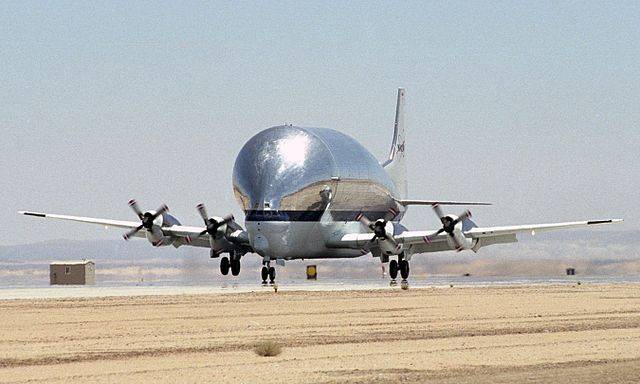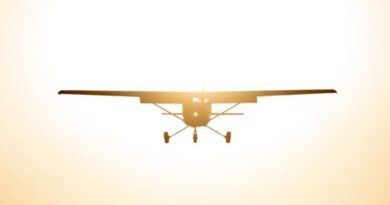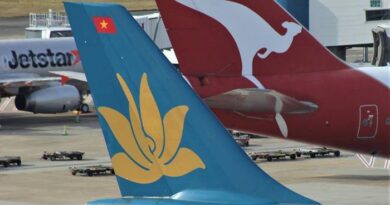AGW – Aircraft Gross Weight
Aircraft Gross Weight AGW: Understanding the Basics and Its Importance
Aircraft gross weight is a critical parameter that plays a crucial role in aviation operations. It refers to the total weight of an aircraft, including its own structure, fuel, payload (passengers, cargo, and baggage), and other operational items. Understanding the concept of aircraft gross weight is essential for pilots, engineers, and aviation professionals as it impacts various aspects of aircraft performance, safety, and regulatory compliance.
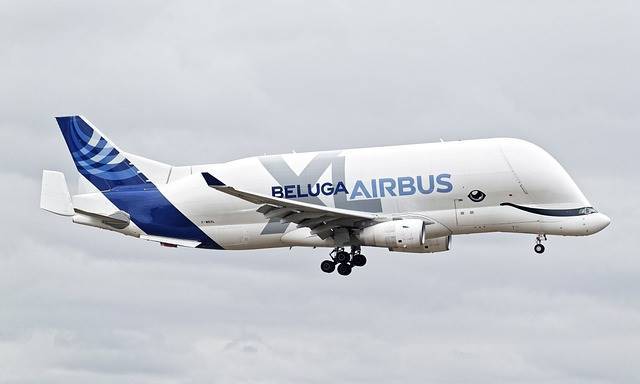
Components of Aircraft Gross Weight
Aircraft gross weight consists of several components, each contributing to the overall weight of the aircraft:
Basic Empty Weight (BEW): BEW is the weight of the aircraft without any fuel, passengers, cargo, or other operational items. It includes the weight of the airframe, engines, avionics, and other installed equipment.
Fuel Weight: Fuel weight includes the weight of the aviation fuel carried on board the aircraft. It can vary depending on the type of aircraft, its fuel capacity, and the flight’s duration.
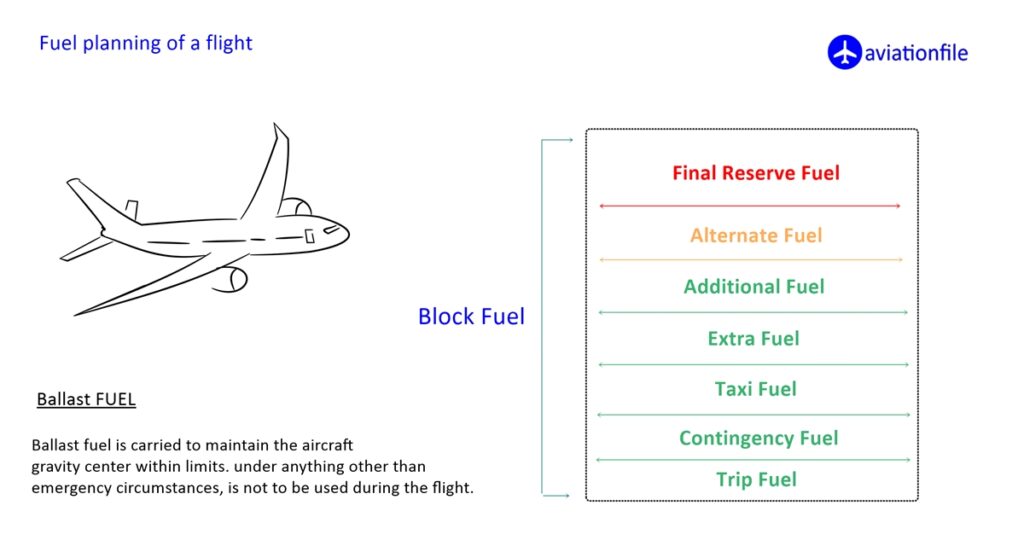
Payload Weight: Payload weight refers to the combined weight of passengers, cargo, and baggage carried by the aircraft. It can vary depending on the type of aircraft, its seating capacity, and the type of cargo being transported.
Operating Items Weight: Operating items weight includes the weight of items required for the aircraft’s operation, such as crew members, catering supplies, emergency equipment, and other necessary items.
Importance of Aircraft Gross Weight
The gross weight of an aircraft is a crucial parameter that impacts various aspects of aviation operations:
Performance: Aircraft performance, such as takeoff distance, climb rate, cruise speed, and range, is influenced by the gross weight. Heavier aircraft require longer runways for takeoff and landing and have reduced performance in terms of climb rate and speed.
Safety: The gross weight of an aircraft affects its structural integrity, stability, and maneuverability. Exceeding the maximum allowable gross weight can result in increased stress on the airframe, reduced stability, and degraded controllability, compromising the safety of the flight.
Regulatory Compliance: Aviation authorities establish maximum allowable gross weight limits for each aircraft type to ensure safe operations. Compliance with these weight limits is a legal requirement and essential for obtaining regulatory certifications and approvals.
Fuel Efficiency: The gross weight of an aircraft impacts its fuel consumption. Heavier aircraft require more fuel to generate the necessary lift, resulting in increased fuel costs and reduced fuel efficiency.
References:
- Federal Aviation Administration (FAA). (2016). Pilot’s Handbook of Aeronautical Knowledge (FAA-H-8083-25B). Washington, DC: U.S. Department of Transportation.
- Civil Aviation Safety Authority (CASA). (2019). Weight Control of Aircraft. Civil Aviation Order 100.7. Canberra, Australia: Civil Aviation Safety Authority.
- Boeing. (2018). 737 Airplane Characteristics for Airport Planning. Seattle, WA: Boeing Commercial Airplanes.
